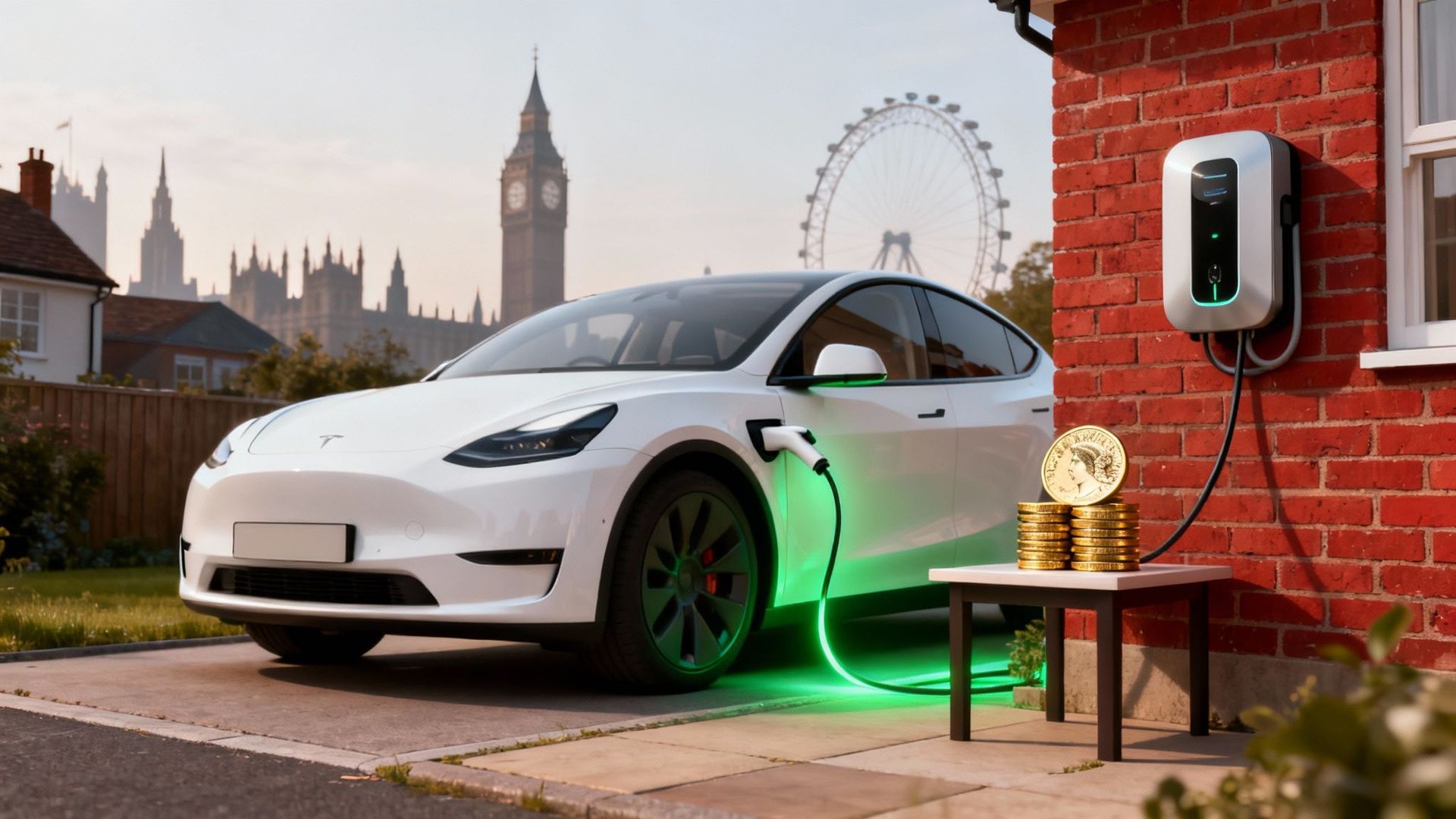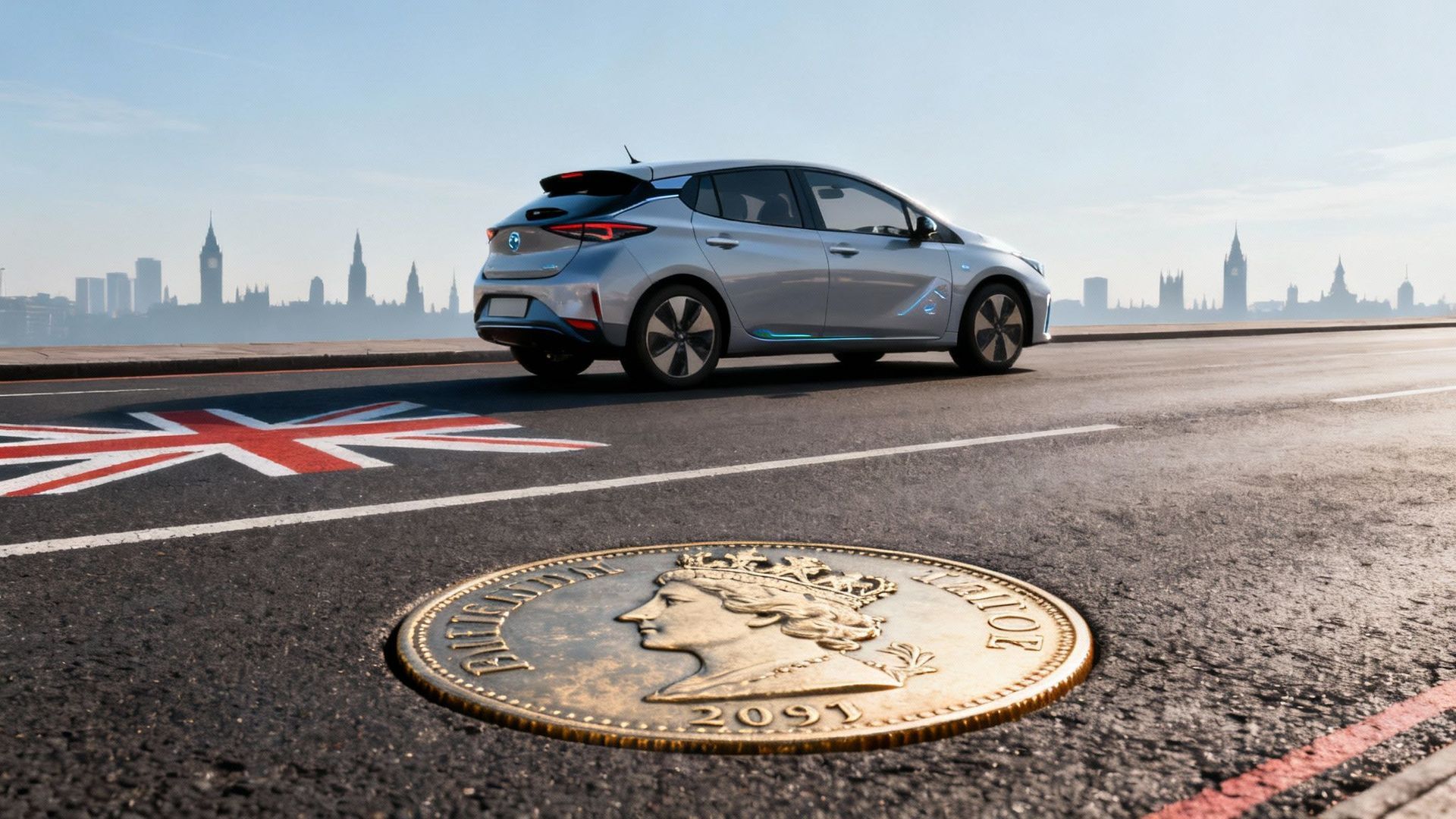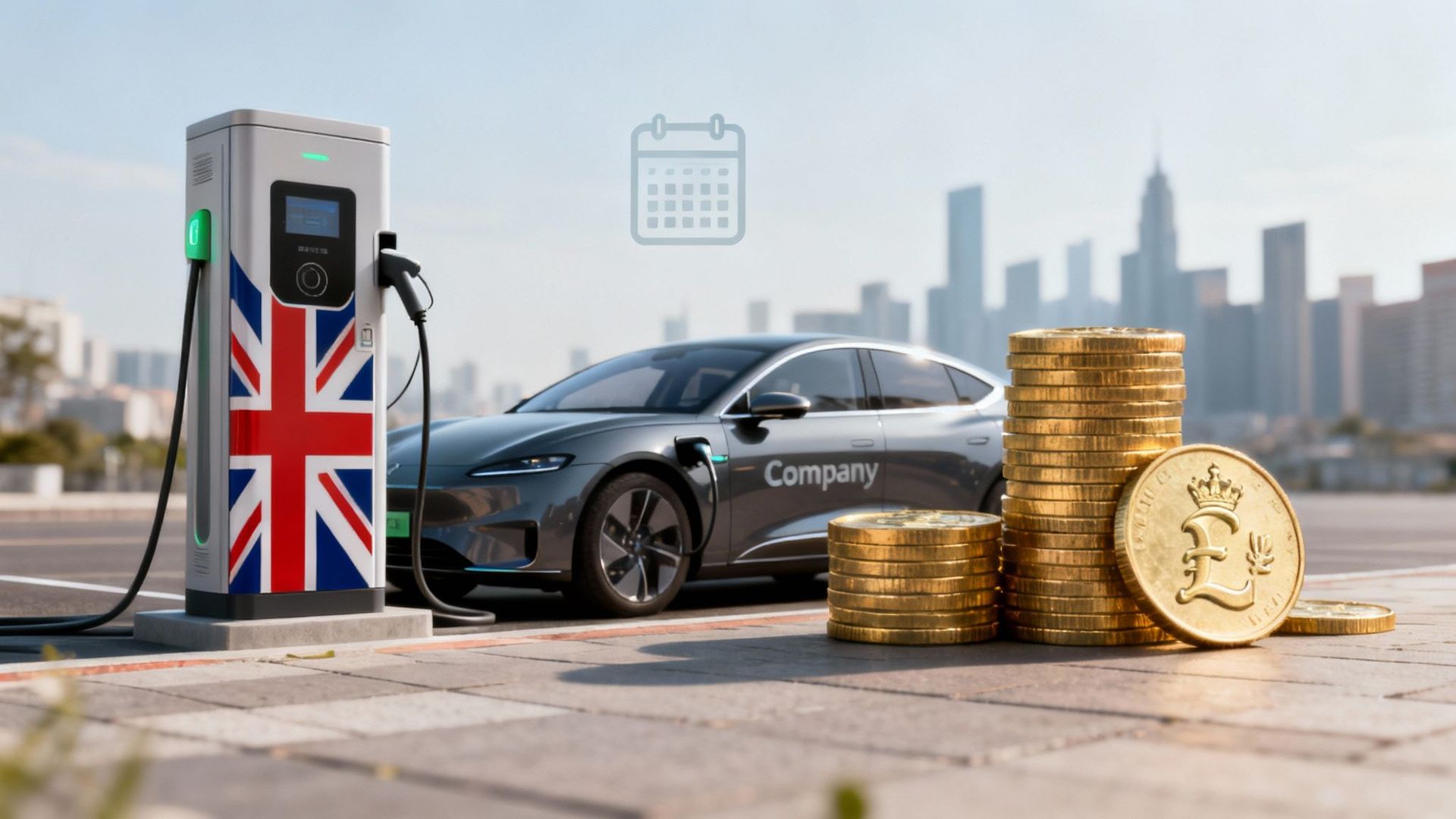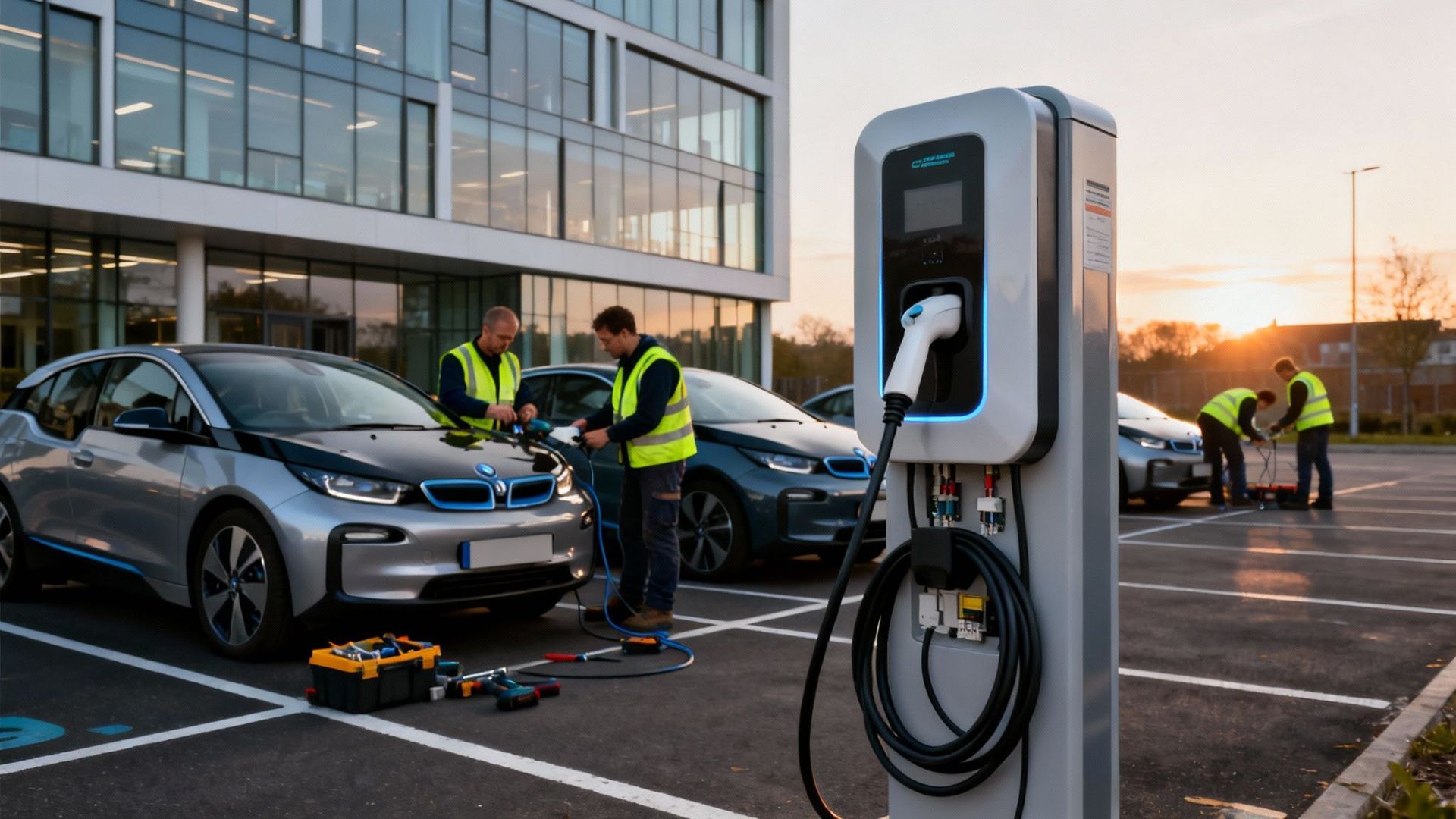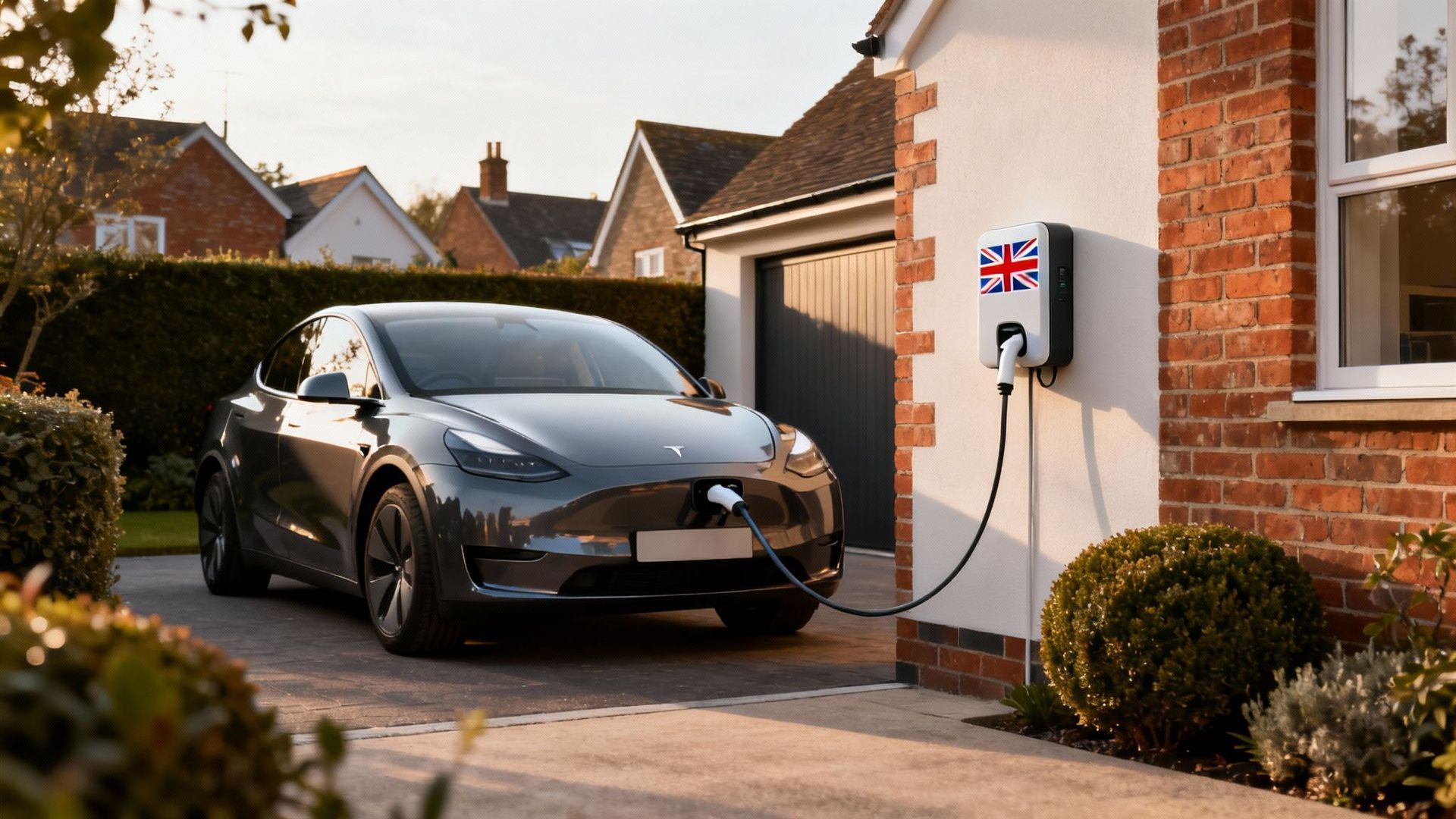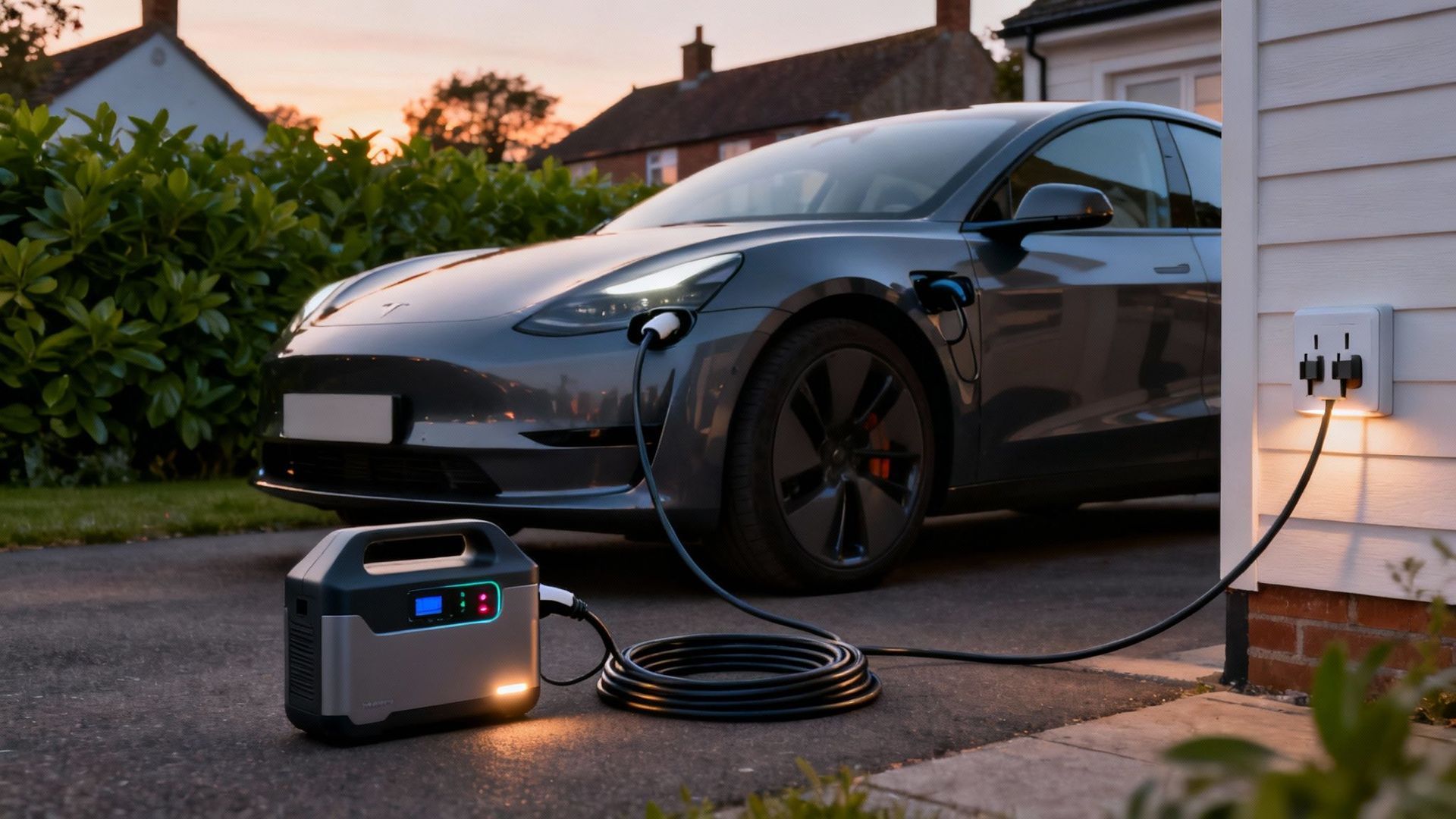The Truth About Battery Health Reports on Used EVs
How to Decode SOH, Spot Red Flags and Buy With Confidence
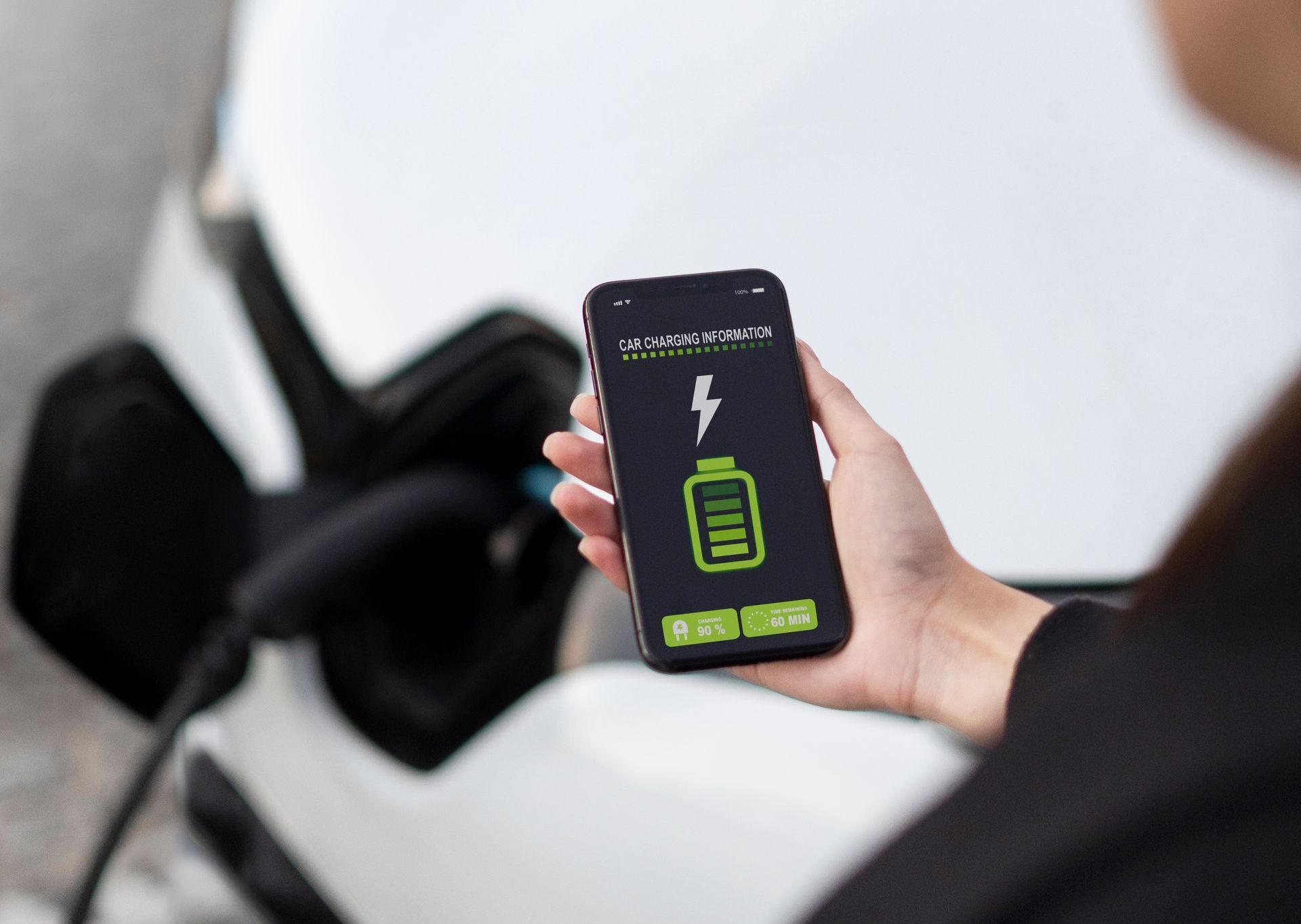
Demystifying the Vital Sign of Pre Owned Electric Cars
For prospective buyers of used electric vehicles, few things provoke as much curiosity or concern as the battery health report. Touted as the EV equivalent of a vehicle history check, these reports promise insight into an electric car’s most critical and costly component. Yet confusion persists. Are they truly reliable? What do the metrics actually mean? And can you trust them when making a purchase decision? Let’s cut through the jargon and uncover what you really need to know.
Why Battery Health Reports Matter More Than Mileage
Unlike traditional cars where mileage often dictates value and longevity, an EV’s battery pack is its heart. Its State of Health (SOH) typically expressed as a percentage reveals how much capacity remains compared to when it was new. This figure directly impacts:
- Real World Range: A lower SOH means fewer miles between charges
- Long Term Value: Batteries degrade over time; understanding current health predicts future performance and resale value
- Replacement Cost Risk: While rare, significant degradation outside warranty periods carries financial implications
Essentially, the battery health report is the single most important indicator of a used EV’s current capability and future viability.
Decoding the State of Health (SOH) Percentage
Seeing "92% SOH" on a report is encouraging, but context is crucial:
- It's an Estimate, Not an Absolute: SOH is calculated using complex algorithms analysing charging cycles, voltage patterns and temperature history. Different manufacturers or diagnostic tools might show slight variations.
- Degradation Isn't Linear: Batteries lose capacity fastest in their first year, then stabilise significantly. A 3 year old EV showing 90% SOH is generally performing as expected.
- "Healthy" Varies: Most experts consider anything above 70-80% SOH for a 5-8 year old EV to be within normal parameters. Dramatic drops are uncommon in well maintained vehicles.
What a Good Battery Health Report Should Include
Beware of overly simplistic single figure reports. A trustworthy assessment should provide:
- Current State of Health (SOH): The headline capacity percentage.
- Number of Full Charge Cycles Completed: More cycles typically correlate with higher degradation, though battery management systems help mitigate this.
- Battery Management System (BMS) Data: Voltage consistency across individual cells. Significant imbalances can indicate potential issues.
- Charging History Analysis: Evidence of frequent deep discharges or reliance solely on rapid charging can influence long term health (though modern systems are robust).
- Warranty Status Check: Confirmation of remaining battery warranty coverage (often 8 years/100,000 miles), which is usually transferable.
Common Concerns and Realities
- "Can Reports Be Manipulated?" Tampering with core BMS data is extremely difficult and likely voids warranties. Reputable dealers use certified diagnostic tools (like OEM equipment or specialist systems such as AVILOO or Twaice) providing auditable reports.
- "Is High Degradation Common?" Real world data is increasingly reassuring. Most modern EV batteries retain well over 80% capacity after 100,000 miles. Catastrophic failure is rare.
- "Do I Need a Specialist Inspection?" For peace of mind, especially on private sales or older models, an independent battery health check by a qualified EV technician is highly recommended. It adds cost but offers significant reassurance.
Using the Report Wisely: Buyer Advice
- Demand the Report Upfront: Any reputable dealer should provide one willingly. If they refuse or make excuses, proceed with extreme caution.
- Look Beyond the Percentage: Analyse the supporting data cycles, cell balance, warranty. A 90% SOH with poor cell balance is more concerning than 85% with perfect balance.
- Compare Against Benchmarks: Research typical SOH ranges for the specific model and age. Owner forums and reliability guides are useful resources.
- Factor in Warranty Coverage: A slightly lower SOH on a car with several years of remaining battery warranty is far less risky.
- Consider Usage Patterns: If your daily mileage is low, even moderate degradation may have minimal practical impact.
The Verdict: A Powerful Tool, Used Correctly
Battery health reports are invaluable for navigating the used EV market. They transform battery condition from an unknown fear into quantifiable data. While not infallible, they provide a scientifically grounded snapshot far more reliable than guesswork. Crucially, they empower buyers to make informed comparisons and negotiate confidently.
When understood and interpreted alongside the vehicle's overall history and warranty status, a battery health report is your strongest ally in securing a robust, reliable used electric car. Ignore it at your peril, but read it with informed eyes and it unlocks genuine peace of mind.


